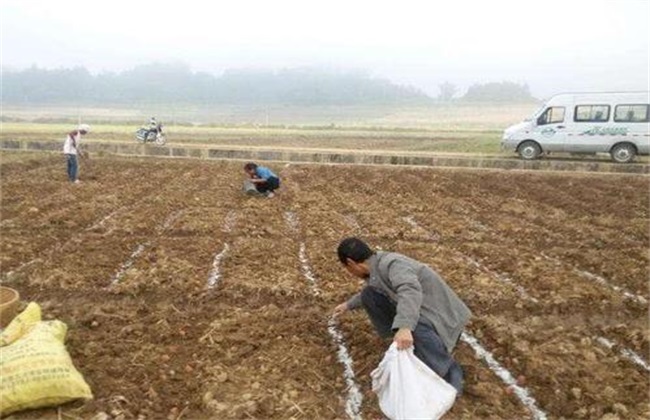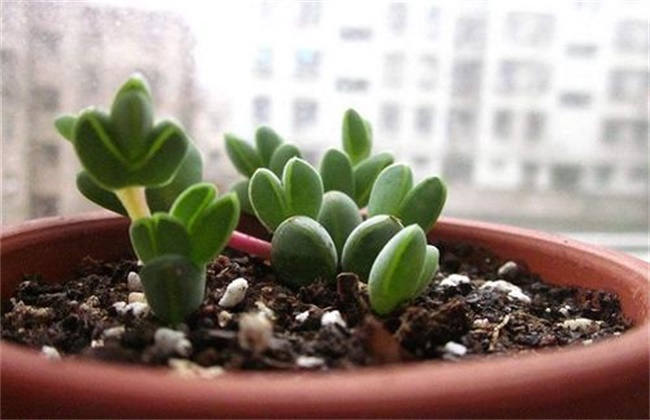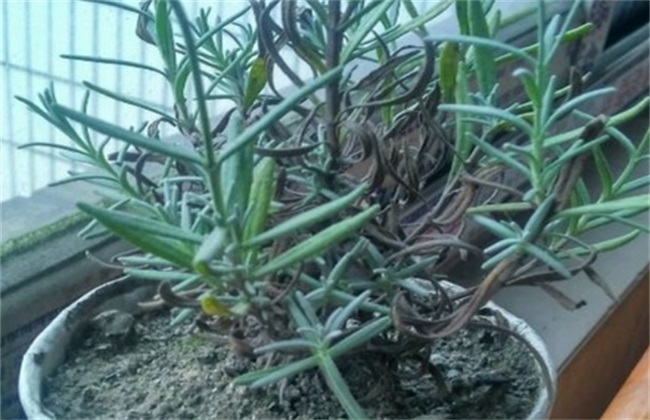Techniques and methods of efficient fertilization
The land area of our country is very large, so there are many crops suitable for planting. No matter what kind of crop is planted, the fertilization work is very important. Rational fertilization is the key to meet the nutritional needs of crop growth, in fertilization, efficient fertilization is very critical. So how to apply fertilizer to be efficient? Today, the editor has brought you efficient fertilization techniques and methods, let's take a look!

1. Fertilizing according to the sky
When applying fertilizer, we should apply fertilizer reasonably according to the change of weather. In the low temperature season, the fertilization time should be properly advanced, and if the organic fertilizer is used as the base fertilizer, it is necessary to ensure full maturity. Then in summer and other high temperature seasons, fertilization should be based on deep application, so as to avoid the phenomenon of burning seedlings caused by the rapid loss of fertilizer. If the soil moisture is too high, then it should be applied shallowly, otherwise it should be applied deeply. When the soil is dry, it should be combined with watering because the fertilizer is difficult to be absorbed. Finally, fertilizers should not be applied before the rainy season to avoid fertilizer loss with water.
2. Look at crop fertilization
The fertilization methods of different crops are also different. For example, if the planting crop is root tuber, then the fertilizer should be based on phosphorus and potassium fertilizer, combined with the application of appropriate amount of nitrogen fertilizer. For leafy vegetables, it is necessary to give priority to nitrogen fertilizer and phosphorus fertilizer. And rice, corn and other Gramineae crops also have a large demand for nitrogen. Finally, because legume crops contain rhizobium, their nitrogen fixation ability is strong, and the demand for nitrogen element is low, so the fertilizer should be mainly phosphate fertilizer.
3. Fertilizing according to the growth of crops
The physiological characteristics of crops are different in different growth periods, so fertilization will be different. In the development stage of crop roots, stems and leaves, nitrogen fertilizer is generally applied. For example, if early rice is planted, then because the growing season of early rice is short, the peak demand for nitrogen is generally in the period from returning to green to tillering after transplanting, which is about 2-3 weeks. Therefore, we should pay attention to the re-application of tiller fertilizer, supplement panicle fertilizer and grain fertilizer and so on. If it is hemp crops, because the early growth speed is fast, so not only to meet the requirements of nitrogen, but also pay attention to the supplement of potash fertilizer.
4. Fertilizer properties
At present, there are many kinds of fertilizers on the market, and their properties will be different, so we also need to adjust the fertilization methods according to the nature of fertilizers. For example, more stable fertilizers such as urea and calcium superphosphate should be applied as base fertilizer or into the concentrated layer of the soil before planting. For some unstable fertilizers such as ammonia and ammonium nitrate, they should be applied deeply and strictly covered with soil to prevent fertilizer loss. Finally, it is necessary to apply fertilizer according to the difference of stubble, such as rice, cabbage and other cold stubble crops, and more hot fertilizers such as rotten manure should be applied after the low temperature season.
The above is a brief introduction to the techniques and methods of efficient fertilization. That's all for today's introduction. This article is for reference only. I hope it can help you all.
Related
- Fuxing push coffee new agricultural production and marketing class: lack of small-scale processing plants
- Jujube rice field leisure farm deep ploughing Yilan for five years to create a space for organic food and play
- Nongyu Farm-A trial of organic papaya for brave women with advanced technology
- Four points for attention in the prevention and control of diseases and insect pests of edible fungi
- How to add nutrient solution to Edible Fungi
- Is there any good way to control edible fungus mites?
- Open Inoculation Technology of Edible Fungi
- Is there any clever way to use fertilizer for edible fungus in winter?
- What agents are used to kill the pathogens of edible fungi in the mushroom shed?
- Rapid drying of Edible Fungi



